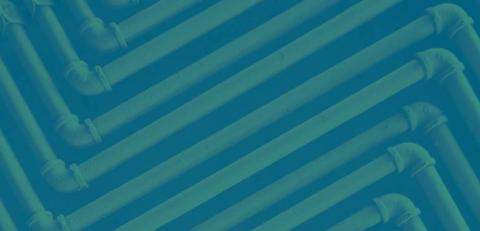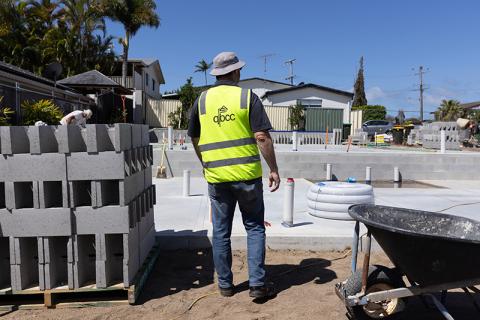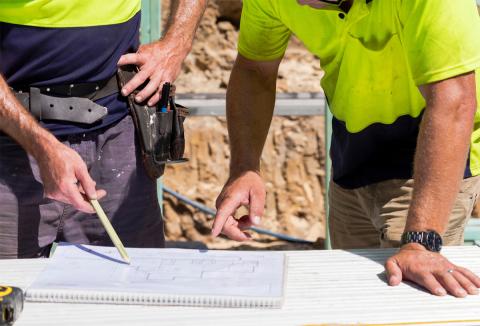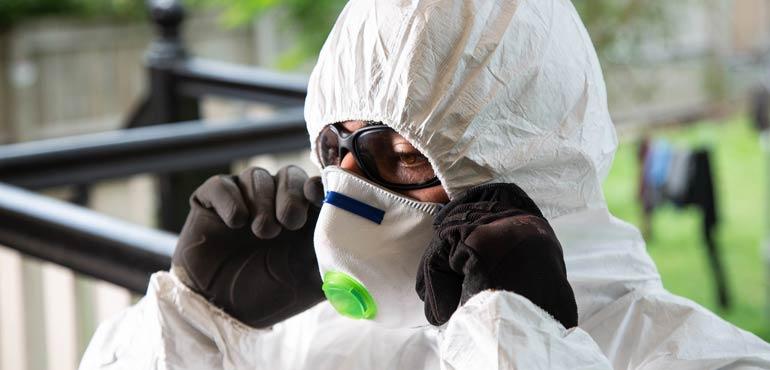
Asbestos safety
Asbestos is a mineral that was widely used in the building industry between the 1940s and 1980s because it was good at insulating and resisting heat. However, it has small fibres that can cause fatal lung disease if inhaled and has now been banned.
Should I worry about asbestos?
If your house was built before 1990 there's a good chance it contains some asbestos. The substance was banned in building products in 1990, but some houses built in the 1990s or early 2000s still used asbestos-containing products until a total ban came into effect in 2003.
Asbestos fibres can be deadly if inhaled as they can cause lung cancer, lung scarring and other lung conditions. Each year more Australians die of asbestos-related diseases than car crashes, so you need to take care when renovating if you suspect your home contains asbestos.
Loose asbestos fibres can be a risk to both tradespeople and people living in the home.
Where is asbestos used?
Asbestos was used in a wide range of products, from floor surfaces to insulation, and can be dangerous if disturbed.
Home owners often think of asbestos sheeting in walls or ceilings, but it can be found in nearly every room of the house, including:
- splashbacks in wet areas
- insulation
- vinyl and carpet underlay
- lining behind floor or wall tiles
- imitation brick cladding, fencing
- sheds
- gutters
- fuse boxes
- joints
- concrete formwork.
Discover asbestos in building products
The Queensland Government asbestos product gallery shows some of the more commonly used asbestos products.
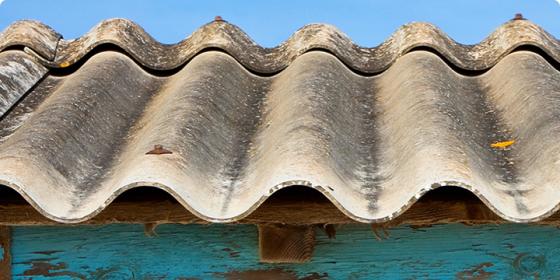
You can also use our interactive tool to see where asbestos might be lurking in your home:
How to identify asbestos
Consult a professional. You can't tell if a material contains asbestos just by looking at it. The only way to know for sure is to test a sample in a lab.
So, before you disturb or remove material that may contain asbestos make sure you get a sample tested.
A licensed remover can do the testing — find a list of licenced removers at Worksafe Queensland.
Working with asbestos
Asbestos fibres can create lung disease if inhaled.
This means it's vital you prevent asbestos fibres from becoming airborne by following safe work procedures if you are working with asbestos. This protects both the tradespeople doing the work and people living in the house.
Removing and disposing of asbestos safely
Removing asbestos is licensed by Workplace Health and Safety.
The licence required depends on what type of asbestos you are removing:
This can be easily crumbled by hand when dry.
Common examples are acoustic ceilings and tiles, many types of plasters, wallboard, sprayed asbestos insulation, and pipe and boiler insulation.
As of 1 May 2021 Low Density Asbestos Fibre Board (LDB) has been re-classified as a friable asbestos material.
This contains a binder or hardening agent such as cement, asphalt or vinyl and is difficult to damage by hand.
Common examples are asphalt roofing shingles, vinyl asbestos floor tiles, asbestos cement sheets (fibro), and electrical switchboards.
Asbestos removal licence types
- 'A' Class Licence holders are authorised to remove friable (loose) asbestos. They can also remove non-friable asbestos without holding a 'B' class licence.
- 'B' Class Licence holders can only remove 10m² or more of non-friable asbestos.
Removing less than 10m² of non-friable asbestos
You do not need a licence to remove less than 10m² of non-friable (bonded) asbestos, but you must take safety precautions and dispose of the waste safely.
Disposing of asbestos safely
Asbestos-containing material must be disposed of properly or hefty fines apply. You can't dump asbestos waste in:
- domestic rubbish bins
- skips
- council waste collection
- the bush, on roadsides or in parks.
Check with your local council for their rules on safely disposing asbestos-containing materials.
For more information
Contact Workplace Health and Safety Queensland (WPS) for more information on working with asbestos.
Useful contacts
Workplace Health and Safety
- 1300 362 128
- worksafe.qld.gov.au
National Association of Testing Authorities (NATA)
- 1800 621 666
- nata.com.au
